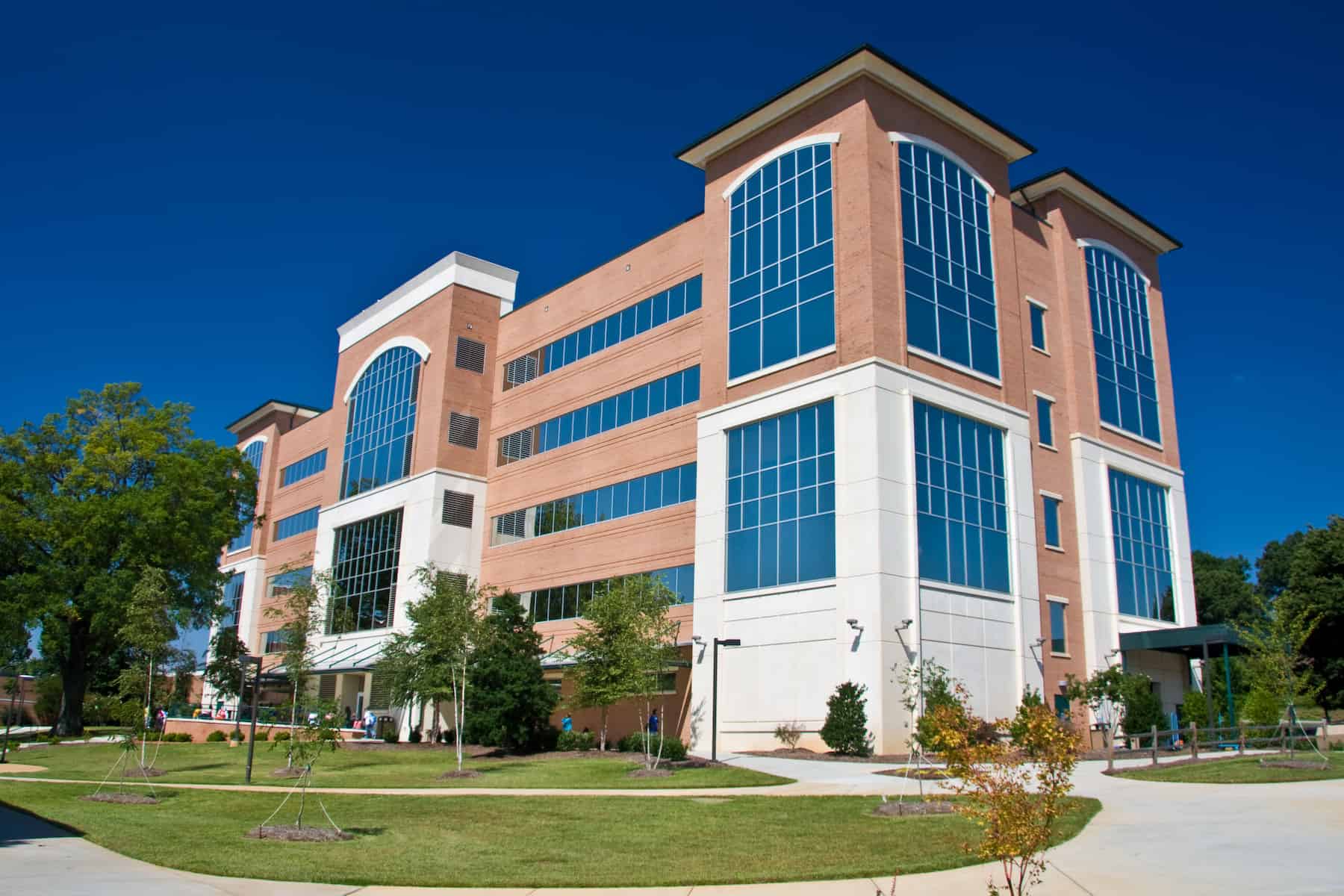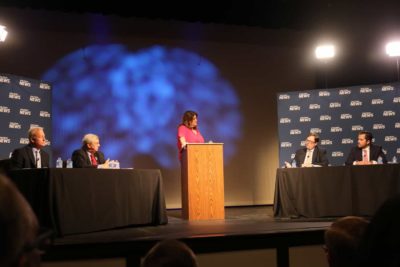With the national debate about tax reform heating up, you’ll be hearing a lot about the difference between marginal and average tax rates. It’s an important distinction — and the concept doesn’t just apply to taxes. Post-secondary education is another area where the “fallacy of the average” often rears its problematic head.
To put it simply, what is true “on average” does not necessarily provide useful guidance about what will happen, or what one ought to do, in a particular case.
You experience this difference all the time, even if you don’t realize it. In sports, for example, Jones may be a better player than Smith in general. But if the other team plays Brown, Smith matches up better than Jones, so the coach makes a substitution.
In business, the distinction is critical. The average cost of producing a product is usually different than the marginal cost of producing the next unit of that product, because of up-front costs, limited capacity, or efficiency gains that come from experience.
To apply the concept to tax policy, it’s important to understand that if income taxes, for example, have a significant effect on the individual decisions of employers, employees, investors, and consumers, the effect typically occurs on the margin, not on average. If I work harder, add a second job, add a new product line, or make a new investment, how much of the new income can I expect to lose to taxes? This future tax loss may be much higher than the tax burden I already shoulder.
I mentioned that a less-familiar application of the principle can be found in post-secondary education and training. Fortunately, two American Enterprise Institute scholars, Mark Schneider and Rooney Columbus, have just produced a fascinating study that illustrates the effect in the education markets of three states: Florida, Texas, and Tennessee.
On average, students who pursued and earn bachelor’s degrees certainly do have higher lifetime incomes than those who earn associate degrees, who in turn make more money than those who get post-high school certificates, who in turn make more money than those whose formal education ends with high school.
But these relationships between averages don’t necessarily mean that any specific person would be better off economically by foregoing community college or the working world and enrolling in a university. Circumstances matter. Some young people who don’t go on to universities quite properly have concluded that they aren’t likely to succeed there — either because of academic preparation, distance from home, or preexisting responsibilities. You can’t assume that the population of those already university-bound is equivalent in every relevant respect from the population of those who aren’t — or that any differences are purely matters of finances that can be eliminated by larger subsidies.
More importantly, students don’t get an “average” bachelor’s degree. They get degrees in particular subjects from particular schools. It turns out that there is a very wide variation in post-graduation earnings, a variation that is masked by “average” lifetime incomes.
For some careers and individuals, it makes more sense to pursue less-expensive education or training at community colleges. One report estimated that 28 percent of holders of associate degrees have higher incomes than the median income of those with bachelor’s degrees.
In their own study, Schneider and Columbus looked at careers with the highest rates of return on investment. Many of them required community college, not university training, such as allied health and electronics technicians in Florida, fire protection and quality-control experts in Texas, and automotive technicians and computer-assisted designers in Tennessee.
Boosting personal incomes and the overall economy aren’t the sole purposes of higher education, or even the most important ones. I think the study of arts and sciences has great intrinsic value (although it need not occur in expensive campus settings). For many young people deciding what to do after high school, however, career preparation is a high priority. They shouldn’t let the fallacy of the average obscure what North Carolina’s ubiquitous and impressive community colleges have to offer.
Editor’s Note: The John William Pope Foundation supports the work of EdNC.



